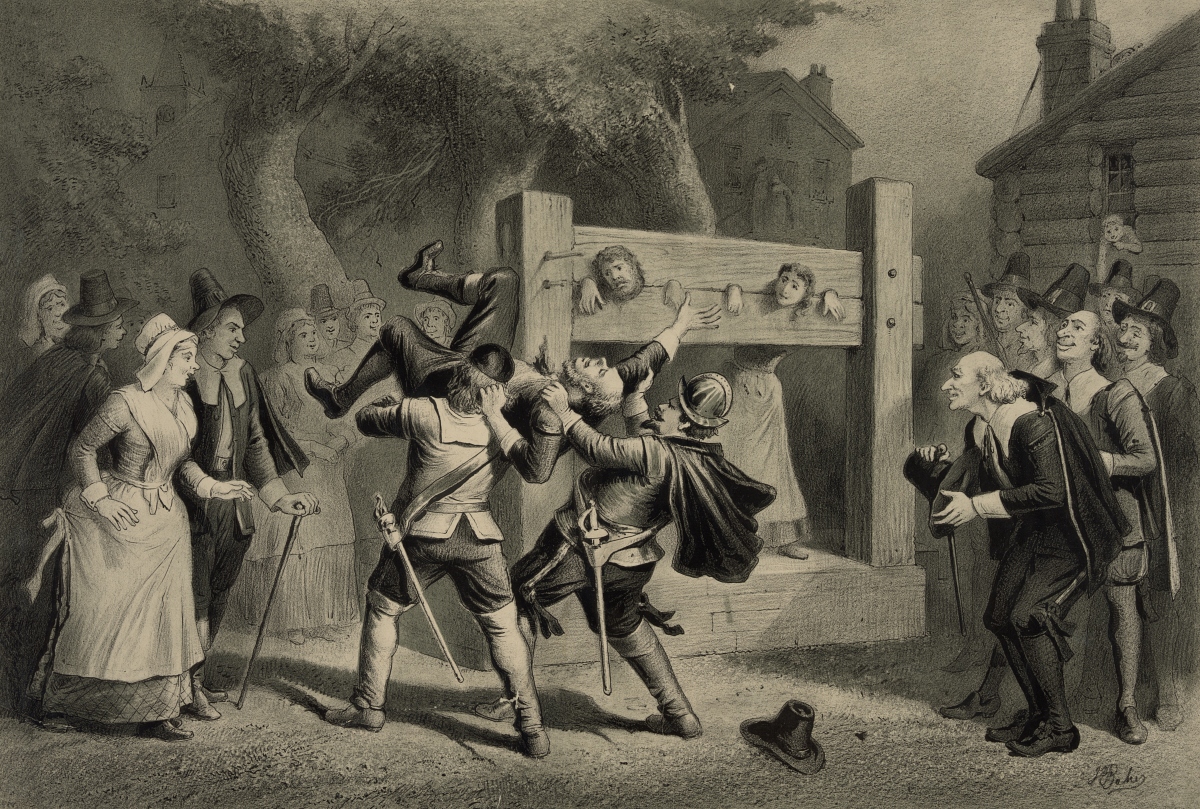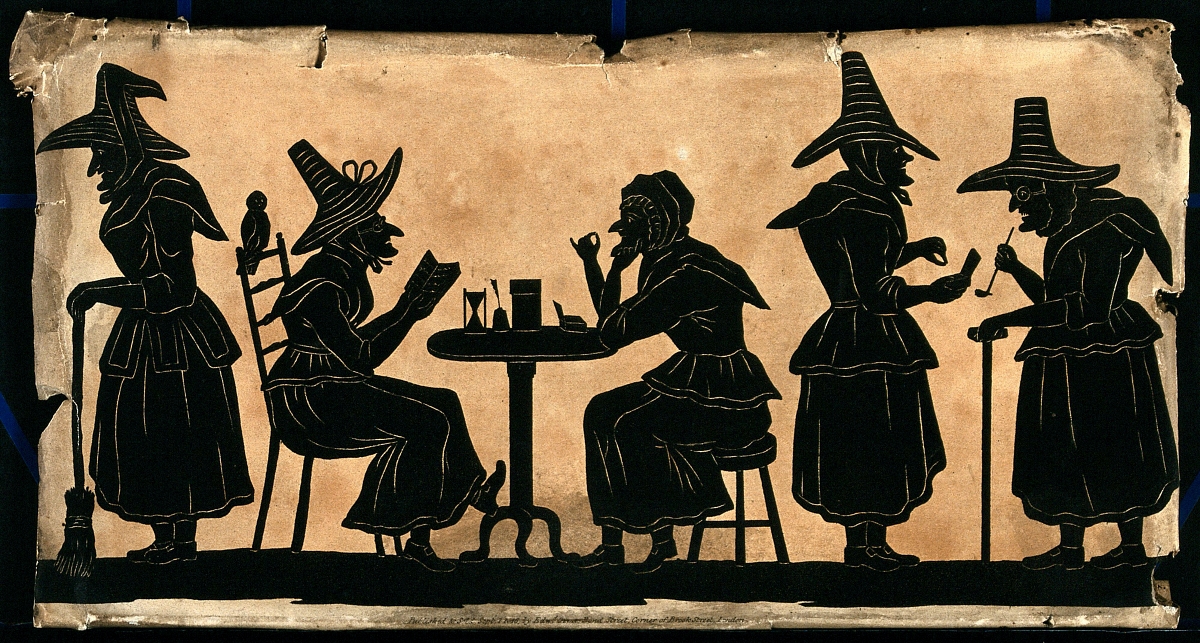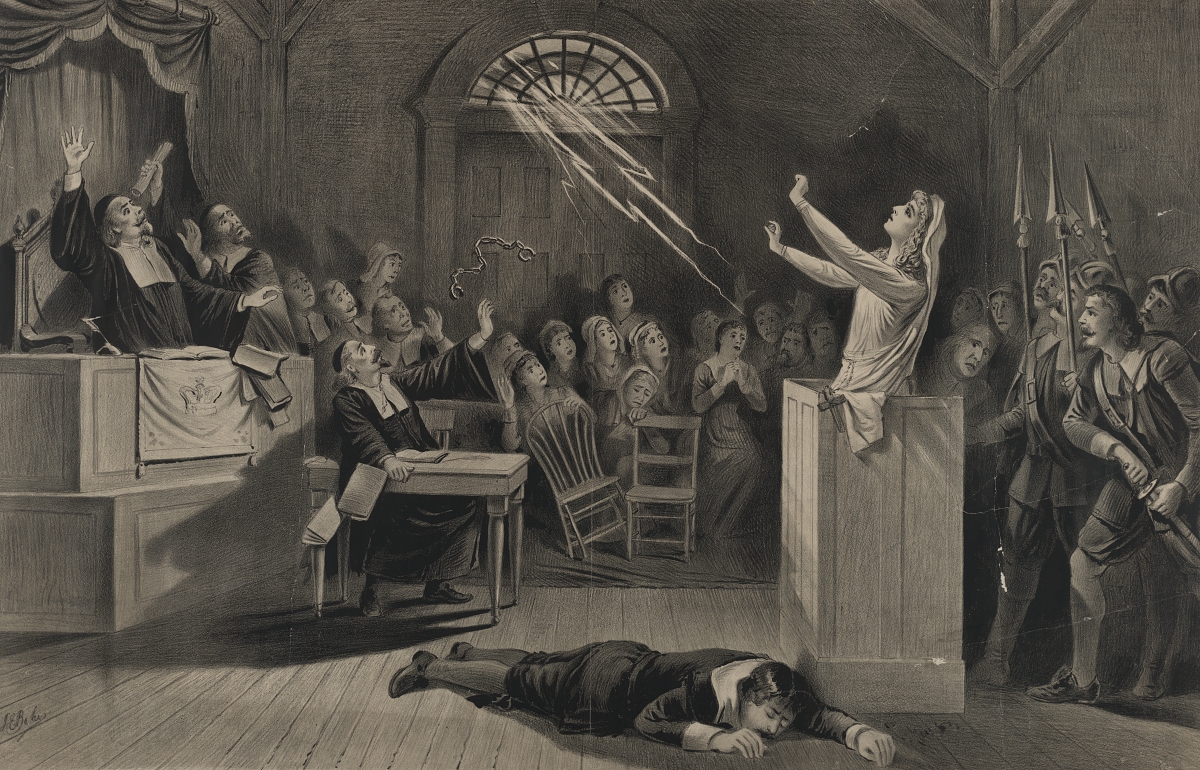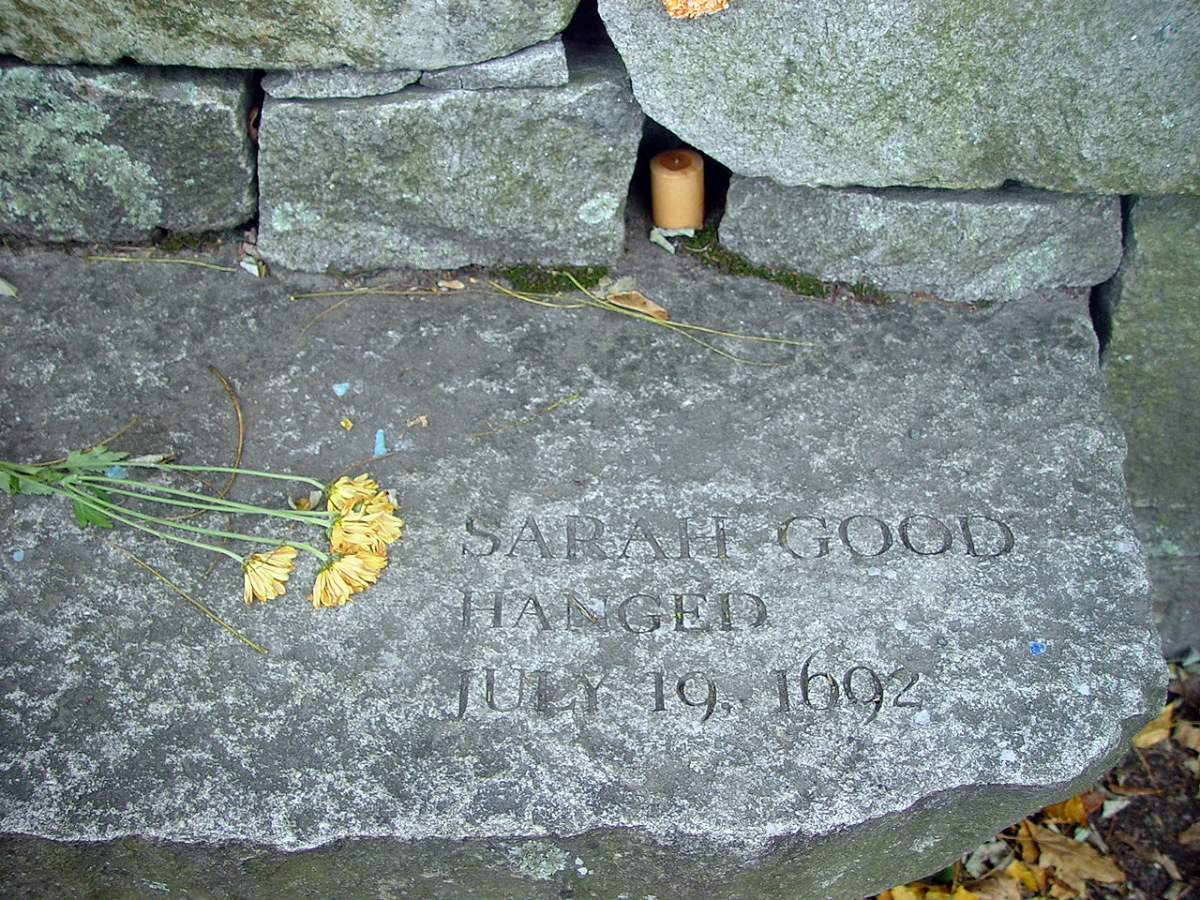Last Salem Witch May Get Her Name Cleared After Nearly 330 Years
Despite her conviction, she fared better than many who stood accused.
The Salem witch trials have been studied by most American school children for generations, but especially since Arthur Miller’s 1953 play, The Crucible, which put into more realistic detail the events of 1692-1693 in Salem, Massachusetts. But, despite being a dramatic story that everyone remembers, most of us never learned what happened to the families of the accused after their loved ones had been executed. As it turns out most of the defendants were exonerated, all except for one.

The theatrical trials took place between February 1692 and May 1693, with the initial allegations coming from a number of young girls who had been suffering “fits” and claimed this was the direct result of nefarious witchcraft. The first 3 to be accused were women of various standing in the community of Salem. One was an indentured servant or slave of unknown exotic origin named Tituba. Another was a poverty-stricken mother named Sarah Good. And the third was Sarah Osborne, an outspoken woman of means.
In all 19 people were hanged for witchcraft in the months that followed, and one man was crushed to death with stones, all for their perceived crimes. Confessions were gained through torture in some cases and allegations often fabricated from thin air. More than 150 people were accused of witchery, though not all stood trial or were convicted.

Modern interpretations of why the town spiraled into these accusations range from cabin fever to xenophobia to a secret ploy to rid the unwanted from their small society. The strict social rules of the Puritans who settled Salem allowed for little variation in conduct lest one be presumed to be in league with Satan himself.
The deaths are tragic, but some managed to escape death during the trials. Tituba confessed and therefore avoided execution. She was sold for the price of her incurred jail fees to an unknown person. Those who did not confess were killed, but two of the accused escaped before they could be arrested and tried.
Dependents of those who were executed later went on to petition the general court in Boston for access to their loved ones’ estate holdings, while others sought to legally clear the names of their lost family members.

Over the years proceedings like these resulted in the pardons of most of the accused. The rest were cleared by an act of legislature in 1957, all except for one woman named Elizabeth Johnson, Jr. She had been sentenced to death, but was given a reprieve from the governor in 1693. Johnson died in 1747, but was never officially pardoned despite the reprieve. The reasons behind this are as yet unknown.
The case of the last “witch” to not have an official exoneration was discovered by a class of 8th graders at North Andover Middle School in Massachusetts. Democratic State Senator, Diana DiZoglio, has now introduced a bill to amend the 1957 legislature and have Johnson’s name added to those to be officially pardoned from the witch trials.
DiZoglio told the Associated Press that, “It is important that we work to correct history. We will never be able to change what happened to these victims, but at the very least, we can set the record straight.”

Despite her lack of a formal pardon, Johnson came away with her life. Sarah Good (whose marker is shown above) was jailed while pregnant, lost her baby while imprisoned, and her older child of just 4 years age was also jailed and accused of witchcraft. Sarah Good was executed on July 19th, 1692. Her daughter was later released but was so traumatized by her imprisonment that she required care for the rest of her life.
SKM: below-content placeholderWhizzco for DOT

